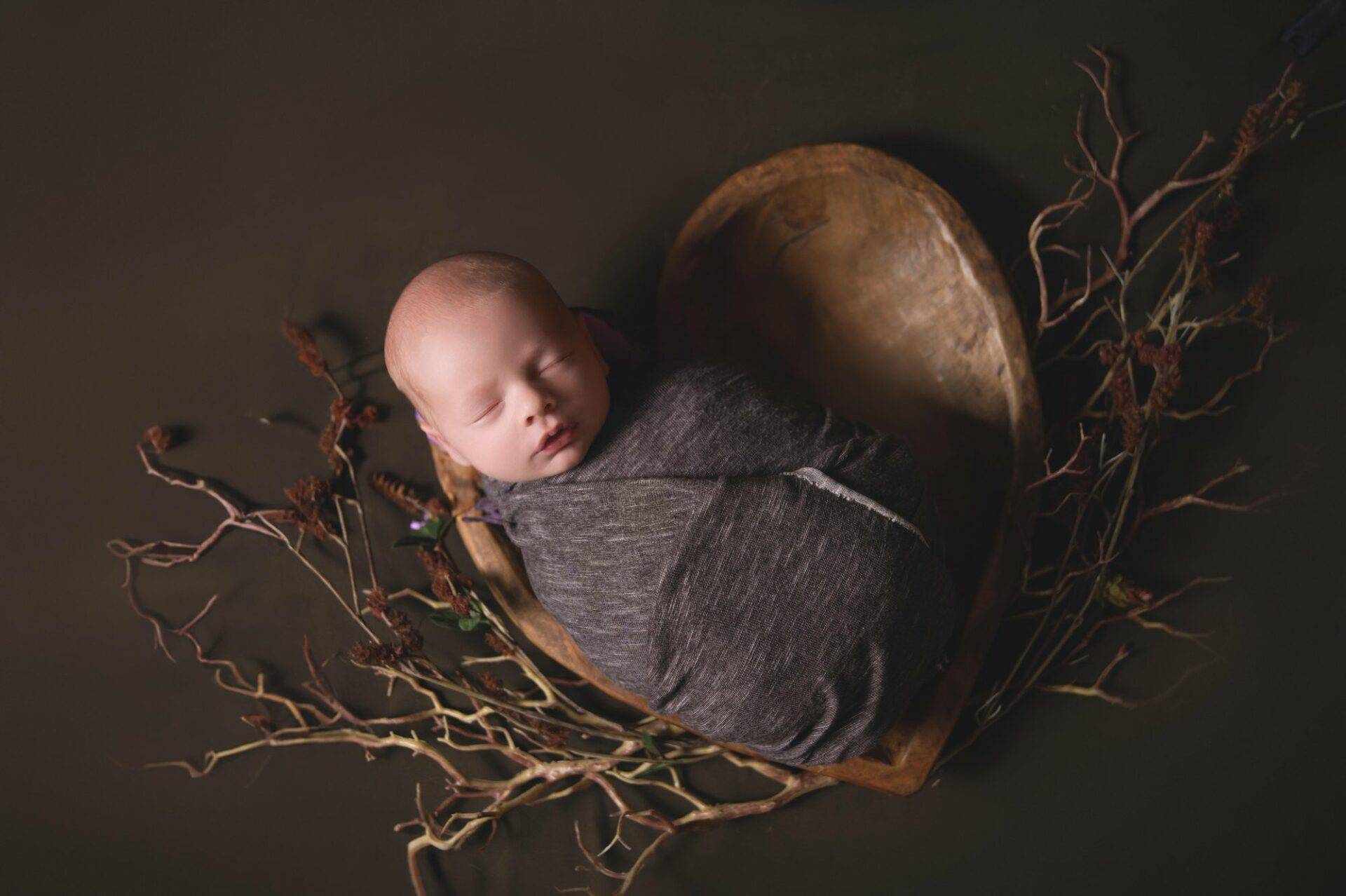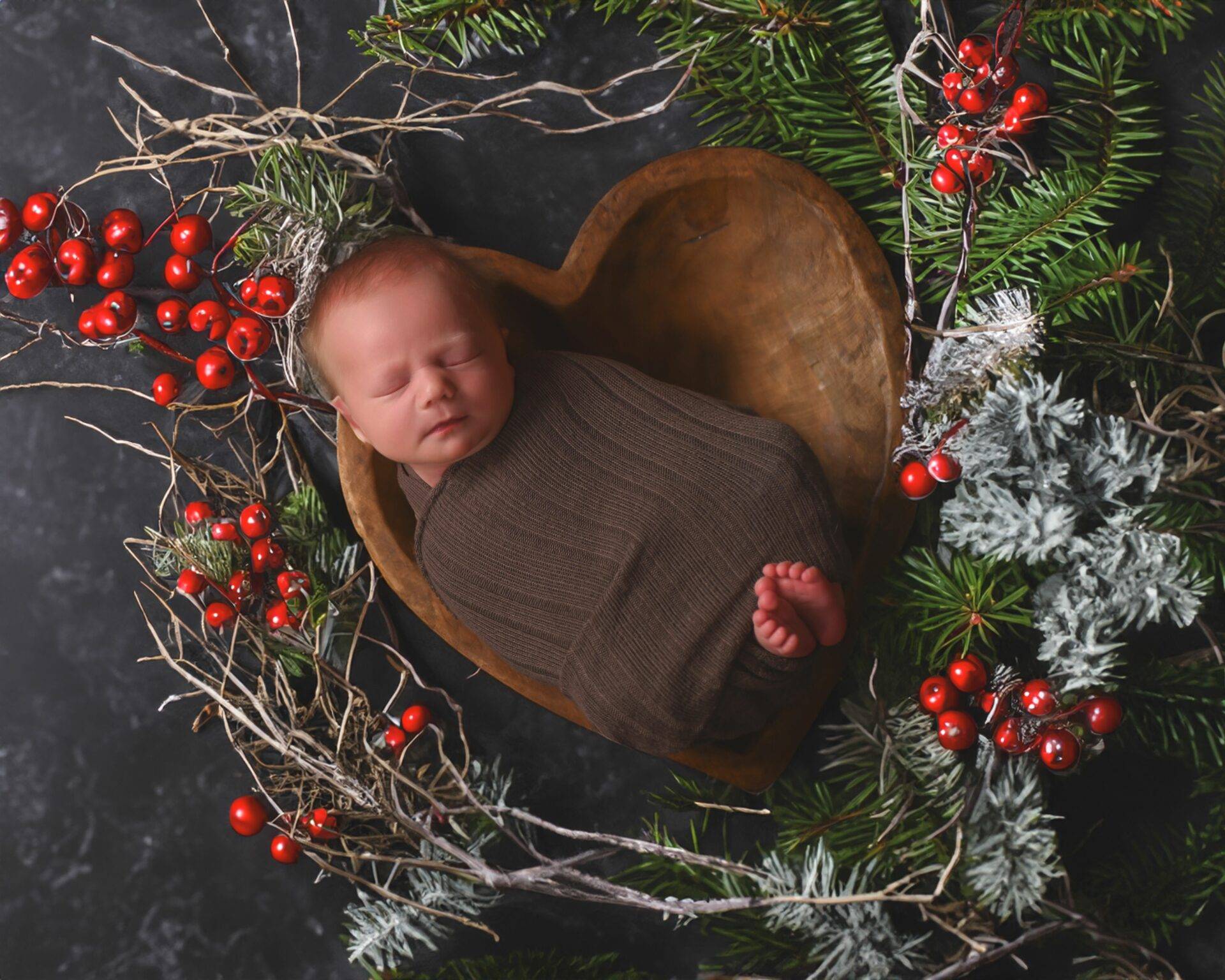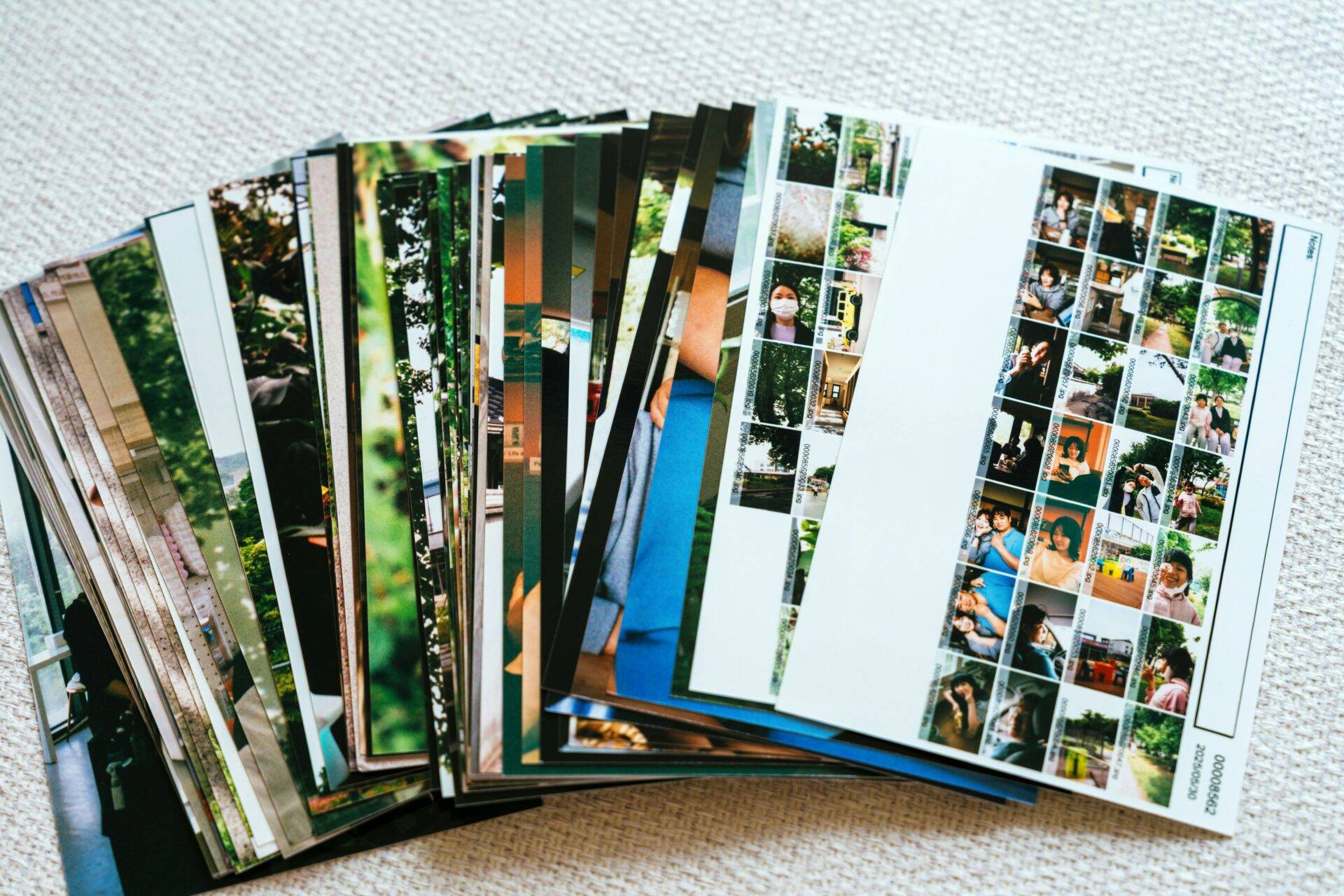When I reflect on my journey as a photographer, one element consistently stands out: the profound impact of color. Color is not just a visual aspect of an image; it shapes our emotions and memories in ways we often overlook. The power of color in photography lies in its ability to tell stories, evoke feelings, and create lasting impressions. Whether it's the calming effect of soft greens and blues or the nostalgic warmth of natural tones, color has an unparalleled ability to convey emotions that transcend the image itself.

Color plays a vital role in how we perceive the world. As a photographer, I’ve witnessed firsthand how different hues can transform an image and evoke a spectrum of emotions. It's not just about capturing a moment; it's about encapsulating the emotions and stories within that frame. The hues we choose—whether they are soft pastels or earthy neutrals—can evoke a sense of calm, nostalgia, or even joy. But why do colors have such a profound effect on us?
Color psychology provides some answers. Different colors can trigger various emotional responses due to their inherent qualities and cultural associations. For example:
- Red: Often associated with passion, energy, and urgency. It can create a sense of excitement or even aggression, depending on the context.
- Blue: Known for its calming effects, blue is often linked to trust, serenity, and professionalism. It’s a color that can bring peace and tranquility to an image.
- Green: Represents nature, growth, and renewal. Green tones can evoke feelings of calm, freshness, and balance.
- Yellow: Associated with happiness, positivity, and warmth. Yellow can brighten an image and uplift the viewer’s mood.
- Natural Tones: These colors, like browns, beiges, and soft whites, are often linked to earthiness, stability, and timelessness. They can evoke feelings of comfort, nostalgia, and warmth.
Understanding these associations allows photographers to intentionally use color to enhance the emotional impact of their work.
The Psychology Behind Color Choices in Photography
The psychological impact of color extends beyond the immediate emotional response. There’s a scientific basis for how color influences our mood, perception, and even behavior. For example, research shows that certain colors can reduce stress and anxiety, which is why they are often used in therapeutic environments. This principle can be applied in photography to create images that not only capture but also soothe the viewer.
Consider the role of natural tones in photography. These hues—soft greens, muted browns, gentle blues—resonate deeply with our subconscious because they are reminiscent of nature. Our minds are wired to respond positively to these colors because they remind us of the outdoors, safety, and stability. This is why natural tones are so effective in creating serene environments in photography, making them ideal for subjects that benefit from a calm and soothing atmosphere, such as newborns or peaceful landscapes.
Exploring the Emotional Impact of Color Through Personal Experiences
As I've navigated through countless photography sessions, from serene newborn shoots to vibrant family gatherings, I've witnessed firsthand how color can transform an image. Every session taught me something new about the intricate relationship between color and emotion.
Natural Tones: A Gateway to Calm and Serenity
One of my favorite aspects of photography is the ability to create an emotional experience for the viewer. Have you ever walked into a room painted in soft greens or gentle blues and felt an immediate sense of relaxation wash over you? This isn’t a coincidence—these colors have been shown to reduce stress and promote a sense of calm.
In my own work, I’ve found that using natural tones can create images that feel both timeless and tranquil. For example, during a newborn photography session, I decided to paint the walls a subtle sage green. The effect was immediate. The soft color not only provided a peaceful backdrop for the images but also created a calming atmosphere in the room, which helped the baby relax. The resulting photographs were serene and soothing, perfectly capturing the innocence of the newborn.
Studies have shown that exposure to calming colors can lower heart rates and improve emotional balance. This is why natural tones are often used in environments meant for relaxation, such as bedrooms or meditation spaces. In photography, these colors can create a sense of calm that draws the viewer into the image, making them feel at peace with what they are seeing.
Celebrating Innocence with Soft Pastels
When it comes to newborn photography, soft colors like beige, gentle pinks, and creamy whites are the go-to choice. These shades highlight the innocence and purity of newborns, creating a warm and inviting atmosphere that parents cherish. The soft hues are not just visually appealing; they also evoke a sense of tenderness and care, which is precisely what we want to convey in newborn photography.
I remember organizing a photography session for a friend’s newborn. We dressed the baby in the cutest little outfit in soft pinks and whites. The result was stunning. The pastel colors made everything look ethereal, as if the little one had just descended from the clouds. The gentle hues complemented the baby’s delicate features, creating images that were not only beautiful but also deeply emotional.
Research shows that soft colors tend to evoke feelings of warmth and care. This is why they are so effective in newborn photography, where the goal is to capture the tenderness and love surrounding the baby. The choice of colors can carry immense emotional weight, making these early photographs something that parents will cherish for years to come.
Colors and Our Spectrum of Feelings
Color can often be a storyteller, invoking vivid emotions and memories. I recall a time when I entered a café adorned in rich reds and vibrant oranges. Those colors felt invigorating, urging me to strike up a conversation with a stranger seated next to me. It's fascinating how colors can evoke specific feelings, and in photography, this can be used to great effect.
Warm Tones and Their Emotional Influence
Warm colors like reds, oranges, and yellows are often associated with warmth, energy, and passion. These colors can stimulate feelings of excitement and enthusiasm. In photography, warm tones can be used to create a sense of vibrancy and movement. For instance, a photograph of a sunset with rich, warm colors can evoke feelings of warmth, comfort, and the end of a peaceful day.
However, the emotional impact of color is not universal. Researchers have found that colors can elicit both positive and negative responses based on personal experiences. For example, while yellow might remind someone of a joyful summer holiday, it might bring back memories of a challenging time for someone else. This is why understanding the emotional connotations of color is so important in photography—it allows the photographer to connect with the viewer on a deeper, more personal level.
The Nostalgia Factor: How Color Connects Us to Our Past
Color has a unique ability to evoke memories and feelings of nostalgia. I often find myself transported back in time by a particular shade. For me, the soft lavender that adorned my childhood bedroom still evokes feelings of comfort and safety. It's a reminder of cozy nights with bedtime stories and the laughter of my family echoing through the halls. When I see that color today, it stirs such profound nostalgia that I almost feel like a child again.
A study from the University of West England suggests that nostalgia can be triggered by various elements, including color and lighting. This makes sense to me, as color is often tied to specific memories and emotions. Imagine walking into a place painted in deep navy blue or forest green; if those colors were predominant in your childhood environment, they might instantly draw you back to those early moments in life. This connection between color and memory is something that photographers can harness to create images that resonate deeply with viewers.
The Science Behind Color Emotions
Have you ever wondered why certain colors seem to resonate so strongly with certain emotions? There's a scientific basis for this as well, heavily rooted in psychological and cultural contexts. The way we perceive color is influenced by a combination of psychological factors, cultural background, and personal experiences.
The Cultural Context of Color
Cultural background plays a significant role in how we interpret color. In some cultures, white symbolizes purity and is associated with weddings, while in others, it’s tied to mourning. Similarly, red might be seen as a color of luck and prosperity in one culture, while it could be associated with danger or warning in another. Understanding these cultural connotations is crucial for photographers, especially those working in diverse or international contexts.
For instance, if you are photographing a wedding in a culture where white is traditionally worn by the bride, using white as a dominant color in the images can enhance the sense of purity and celebration. On the other hand, in cultures where white is associated with mourning, the same choice might evoke feelings of sadness or loss. Being aware of these cultural nuances allows photographers to create images that are not only visually appealing but also culturally sensitive.
The Timelessness of Natural Tones
It’s fascinating how certain things in life possess a unique ability to transcend time and trends. In photography, natural tones have this incredible knack for standing the test of time. When we flip through family albums or browse cherished photo collections, images imbued with natural hues immediately evoke a sense of nostalgia and warmth that just can't be replicated by more vibrant, artificial colors.
The Ageless Allure of Natural Hues
Natural tones—soft greens, muted browns, gentle blues—have an innate quality that softens the visual experience. These hues offer a sense of serenity, which is especially important in genres like newborn photography. During a recent photo shoot, the soft light filtered through the trees, enveloping the area in a stunning, gentle glow. The resulting images were not just photographs; they felt like little pieces of art that told a story.
Various studies in color psychology indicate how natural colors can affect our emotions. Natural hues can often evoke feelings of calmness and happiness, creating a tranquil backdrop that allows the subject of the photograph—whether it’s a newborn or a family—to truly shine. Photographs taken in natural tones often feel like a breath of fresh air in a world filled with over-saturated images.
Nostalgic Vibes that Last Forever
As I flip through my own family albums, I can’t help but smile at the well-loved images of my childhood. Most of those pictures rich in natural hues transport me back to simpler times. Do you recall looking at old photographs and feeling a rush of warmth and comfort? It’s like being wrapped in a cozy blanket. Those natural tones have a way of creating a bridge to our past; they’re not just images; they embody memories, emotions, and experiences that we've held dear.
Natural tones have a timeless quality that ensures the focus remains on the subject and the emotions captured in the image. Unlike vibrant, trendy colors that might feel outdated over time, natural hues maintain their relevance, making them perfect for preserving memories in family albums that will be cherished for generations.

The Timeless Elegance of Natural Colors in Newborn Photography
When it comes to newborn photography, capturing the delicate and fleeting moments of a baby's first days is a privilege that requires both technical skill and a deep understanding of how to evoke emotion through imagery. One of the most effective ways to achieve this is through the use of natural colors. Natural tones—soft, earthy, and pastel shades—play a crucial role in creating timeless and serene images that resonate with parents and stand the test of time.
Why Natural Colors Matter in Newborn Photography
Natural colors have an unparalleled ability to enhance the softness and innocence of newborns. Unlike vibrant or bold colors, which can sometimes overpower the subject, natural tones complement a newborn's delicate features, allowing the baby to remain the focal point of the image. These colors have a subtlety that adds a sense of calm and serenity to the photographs, making them ideal for capturing the peacefulness of a sleeping baby or the tender moments between parents and their new child.
Moreover, natural colors are timeless. Trends in photography styles and color preferences come and go, but images captured with natural tones remain classic and beautiful for years to come. This timelessness is particularly important in newborn photography, where the goal is to create images that families will cherish for generations.
The Psychological Impact of Natural Colors
The colors we choose in photography are not just about aesthetics; they also have a profound impact on how viewers perceive and feel about the images. Natural colors, such as soft beiges, creams, light grays, and pastels, evoke feelings of warmth, comfort, and safety. These are precisely the emotions we want to convey in newborn photography.
Studies in color psychology suggest that natural tones are associated with feelings of tranquility and relaxation. This is why these colors are often used in environments designed for rest and healing, such as bedrooms and spas. In the context of newborn photography, these calming colors can help create an atmosphere of peace and contentment, which is especially important when photographing a baby who is often only days or weeks old.

Creating a Serene Environment with Natural Colors
To successfully use natural colors in newborn photography, it’s essential to create a serene environment that enhances the baby's natural beauty without distracting from it. Here are some key considerations for incorporating natural tones into your newborn photography sessions:
- Backdrop Selection: The backdrop plays a crucial role in setting the tone of the photograph. For newborn photography, choose backdrops in soft, neutral colors such as beige, ivory, or pale gray. These colors provide a gentle contrast to the baby’s skin tones without overwhelming the image. Additionally, using textured fabrics like wool or muslin in these colors can add depth and warmth to the composition.
- Wardrobe Choices: The baby’s outfit should complement the natural color palette. Opt for simple, classic clothing in soft shades like cream, blush, or muted pastels. Avoid bright or patterned clothing, as these can draw attention away from the baby’s face and disrupt the serene feel of the photograph. Even a simple swaddle in a soft, natural color can be incredibly effective in creating a cohesive and calming image.
- Props and Accessories: When using props or accessories, keep them minimal and consistent with the natural color scheme. For example, a woven basket in a natural fiber or a wooden toy in a light, unfinished wood can add interest to the image without detracting from the overall aesthetic. The goal is to use props that enhance the image subtly rather than becoming the focal point.
- Lighting Techniques: Natural light is your best friend when photographing newborns in a natural color palette. Soft, diffused light from a window can enhance the gentle tones in the image, making the baby's skin glow with warmth. Avoid harsh lighting or artificial light sources that can create strong shadows or alter the natural colors in the photograph. If natural light is insufficient, consider using a softbox or reflector to gently illuminate the scene.
The Role of Natural Colors in Storytelling
In newborn photography, every image tells a story. The use of natural colors helps to tell a story that is intimate, tender, and timeless. These colors evoke the purity and innocence of a newborn, creating a visual narrative that is both emotionally resonant and aesthetically pleasing.
For instance, a series of photographs featuring a newborn wrapped in a soft, cream-colored blanket, lying on a bed of light gray muslin, tells a story of warmth, comfort, and new beginnings. The natural tones reinforce the idea of a peaceful and nurturing environment, which is exactly what parents want to remember when they look back at these images years later.
Editing for Natural Colors
Post-processing is an important step in ensuring that the natural colors in your images remain true to life and convey the intended emotions. When editing newborn photographs, it's crucial to maintain the softness and subtlety of the natural tones. Here are a few tips for editing with natural colors in mind:
- White Balance: Ensure that the white balance is correctly set to avoid any unwanted color casts. A neutral white balance will keep the natural tones in your images looking authentic and true to life.
- Saturation and Contrast: Be cautious with saturation and contrast adjustments. Over-saturating an image can make natural colors look unnatural and detract from the calm atmosphere you’re trying to create. Similarly, too much contrast can make soft colors appear harsh. Aim for a balanced approach that enhances the natural beauty of the colors without overpowering them.
- Skin Tones: Pay close attention to the baby’s skin tones during editing. Natural colors should complement the baby’s complexion, making their skin look healthy and radiant. Avoid making adjustments that could make the skin look too red or too pale.
- Consistency: When delivering a set of images, ensure that the color palette remains consistent throughout. This helps to create a cohesive story and maintains the timeless quality of the images.
Conclusion: The Lasting Impact of Natural Colors in Newborn Photography
The use of natural colors in newborn photography is not just a stylistic choice; it's a way to create images that are serene, timeless, and emotionally resonant. By carefully selecting natural tones for your backdrops, wardrobe, props, and lighting, you can create photographs that capture the pure essence of a newborn’s early days. These images will not only be beautiful to look at but will also evoke the warmth, comfort, and love that surrounds a newborn, making them cherished memories for years to come.
As photographers, our goal is to create art that transcends time. Natural colors help us achieve this by ensuring that the images we create today will still be admired and appreciated decades from now. So the next time you prepare for a newborn photography session, consider the power of natural colors—they might just be the key to creating your most timeless work yet.
Capture the Timeless Beauty of Your Newborn
Every fleeting moment with your newborn is a precious memory waiting to be preserved. With a focus on natural tones and serene settings, we create timeless images that capture the essence of your baby's early days. Don't let these moments slip away—book your personalized newborn photography session today and cherish these memories for generations.
Book Your Session Now
Experience the warmth, elegance, and authenticity that only Giliane E. Mansfeldt Photography can offer. Reach out to us to schedule your session and start creating beautiful memories.
Contact Us:
- Phone: 651-273-0905
- Email: [email protected]
- Contact Us Here
Let’s create something timeless together!




